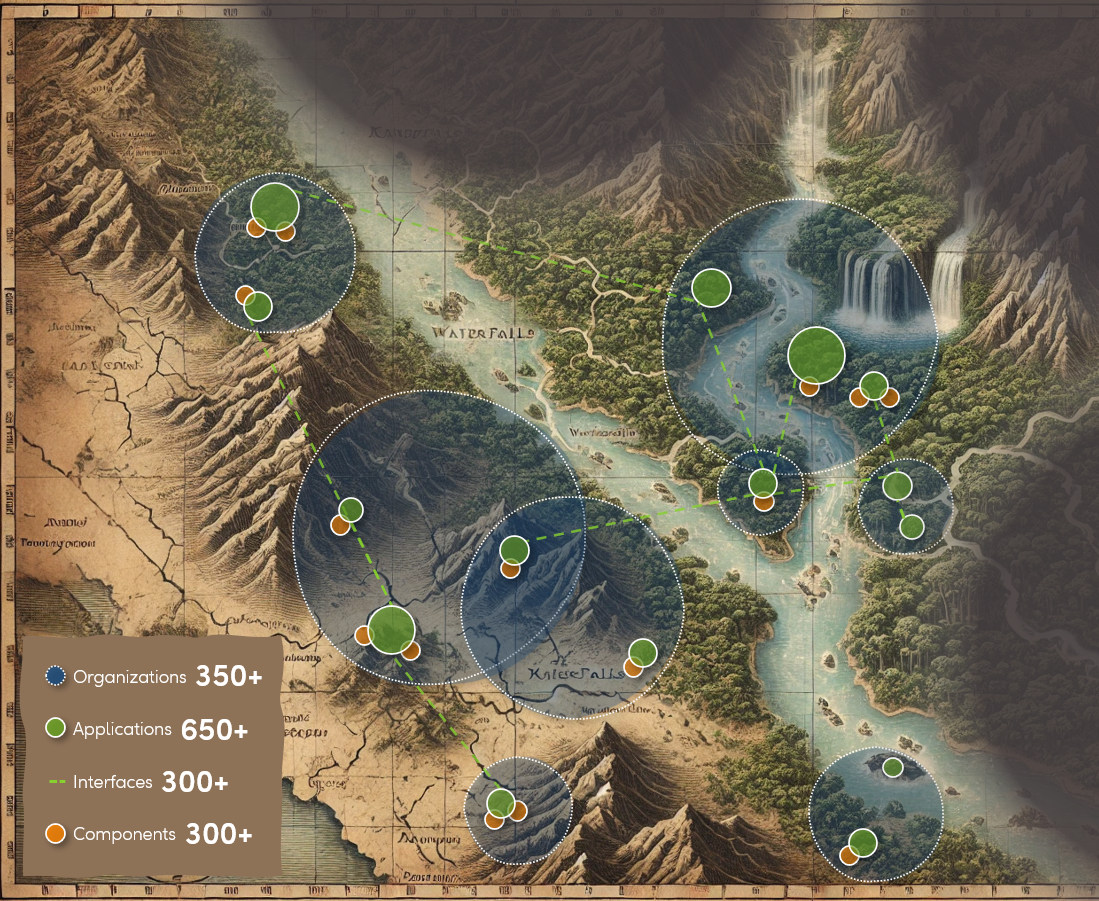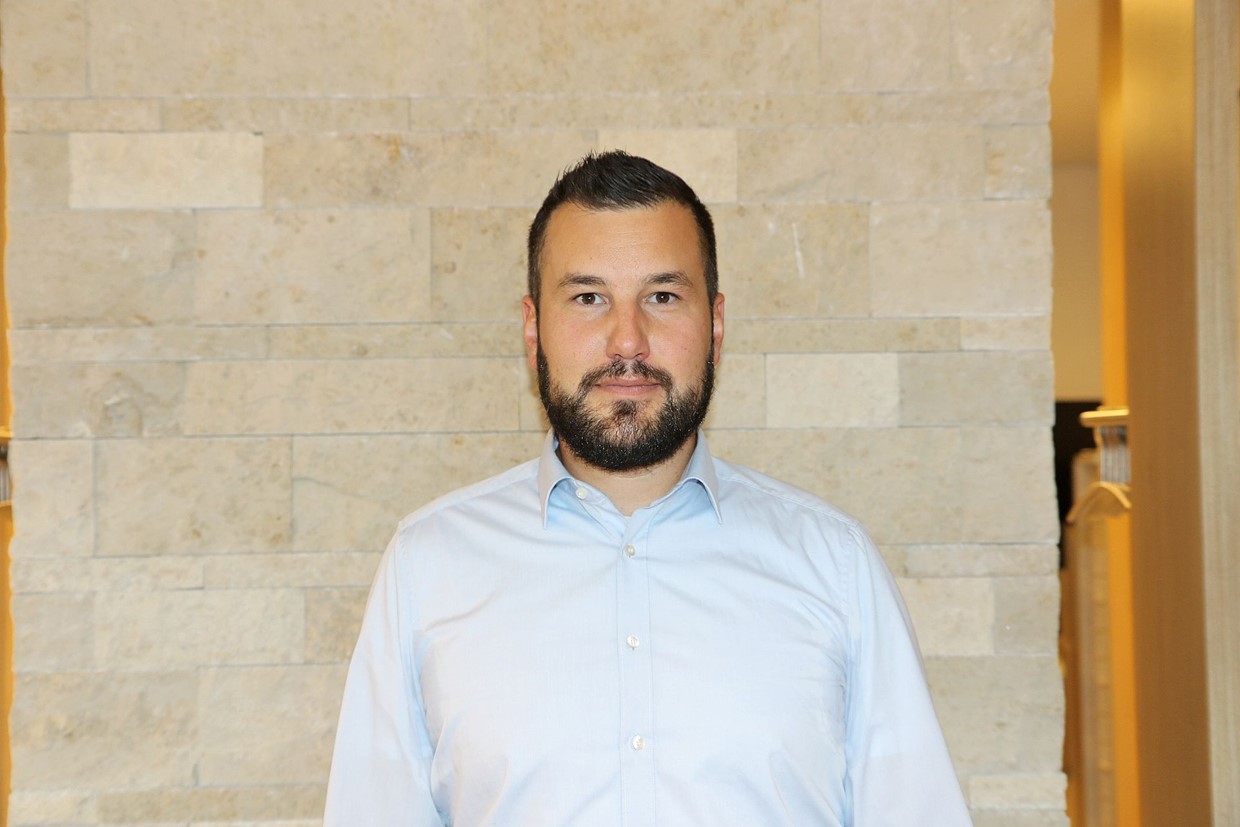Information checkedInformation unaudited Information geprüft Information ungeprüft IT demand process: From idea to realisation


In todayʼs digital world, IT is a core component of every company. New solutions and technologies seem to be springing up like mushrooms. How do we ensure that the right IT solutions are selected and implemented?
Bringing a new IT solution into LLB is a bit like hiring new employees. A new solution brings fresh energy and new possibilities, can simplify or even automate processes, and might be cheaper or more flexible than what we had before. So far, so good – but there are also challenges: onboarding takes time, even for software. It has to be important enough for our company, it has to fit into our IT landscape, it needs training, support and sometimes patience. And not every solution delivers what it promises. In addition, we already have a complex IT landscape with over 800 technologies whose operation and stability must be ensured. The IT landscape should therefore be consolidated and reduced where possible instead of continuously acquiring new solutions.
Thatʼs why we evaluate new solutions carefully – much like a job interview. This is where our IT demand process comes in, through which more than 200 demand requests have already been submitted since mid-2023.
From demand to implementation
The IT demand process serves several purposes: to create transparency around new requirements, align IT strategy with business objectives, allocate resources effectively, identify risks early, and, not least, prevent frustration.
But what is a demand? It could be a new digital workflow for expense reports, a tool for improved customer analysis, or a request for a chatbot to navigate internal policies – all of these are considered demands. In other words, itʼs always about IT support for business processes.
Anyone can submit a demand request – there are no restrictions based on roles or departments. However, itʼs important to first check internally whether a suitable IT solution already exists. Itʼs also advisable to speak with colleagues to assess potential approaches and secure the support of your line manager. This backing and the importance are essential for moving a demand forward successfully. It is important to realise that not every demand can be implemented.
What does IT architecture do?
The IT architecture supports the organisation and structuring of the application landscape, IT processes and technologies at company level. It ensures that these fulfil the requirements and objectives of the LLB. Within governance, the IT architecture defines standards and guidelines that apply to the development, operation and maintenance of applications and interfaces. It reflects the IT strategy and provides employees with clarity regarding the use of IT in the company and its support of business processes.
The Team
I have an idea. Now what?
Youʼve got an idea, your colleagues are on board, and thereʼs no suitable tool in the organisation? Then submit your demand request using the LeanX tool. You donʼt need to deliver a finished specification document – but the clearer you describe the problem or need, the better we can understand your request. Ask yourself questions like “What do I want to achieve?” and “Why is this important?” – and donʼt focus on a specific product, but rather on a solution to the problem. Itʼs also important to consider our CRO philosophy, which emphasises a consistent client- and results-oriented approach.
During the application phase, various bodies prioritise the demand based on area and responsibility. If approved, the demand is expanded and the requirements are worked out in detail. Next comes the architecture decision: “Reuse”, “Buy”, or “Make”. If the decision is “Buy”, a request for information is created and sent to potential vendors. Their responses are evaluated by the requester, stakeholders, and IT Architecture. The final decision is made by the Architecture Board – possibly with a proof of concept requirement, akin to a feasibility study. If the board gives the green light, implementation planning begins (cloud-based solutions also require an outsourcing process).
While this may sound straightforward, the review timeline varies depending on factors like priority, existing budget, involvement of multiple departments, and their available capacity. In ideal cases – with well-defined requirements and good preparation – an IT demand can pass through the review process within a few months.
However, unclear requirements, project dependencies, involvement of external vendors or tendering, and architectural considerations around cloud, security, and data protection can delay progress.
Once approved, the project is planned, budgeted, and implemented – either as a change, a new project, or part of an existing initiative. As the requester, you remain actively involved and informed throughout the entire process.


